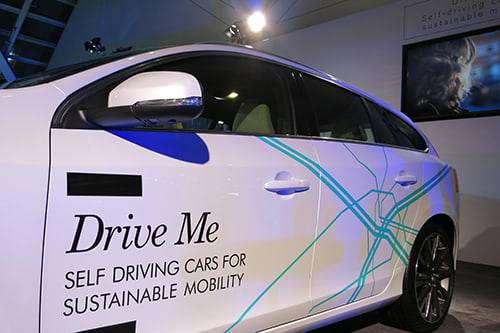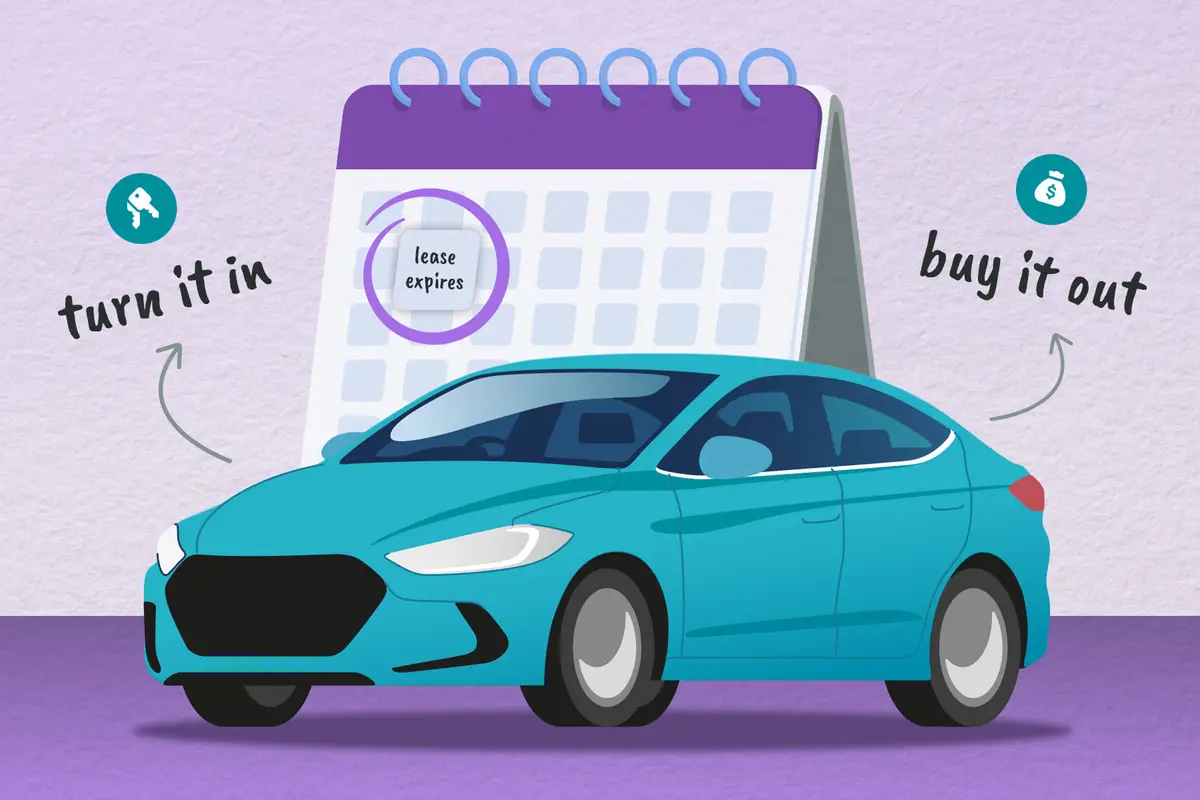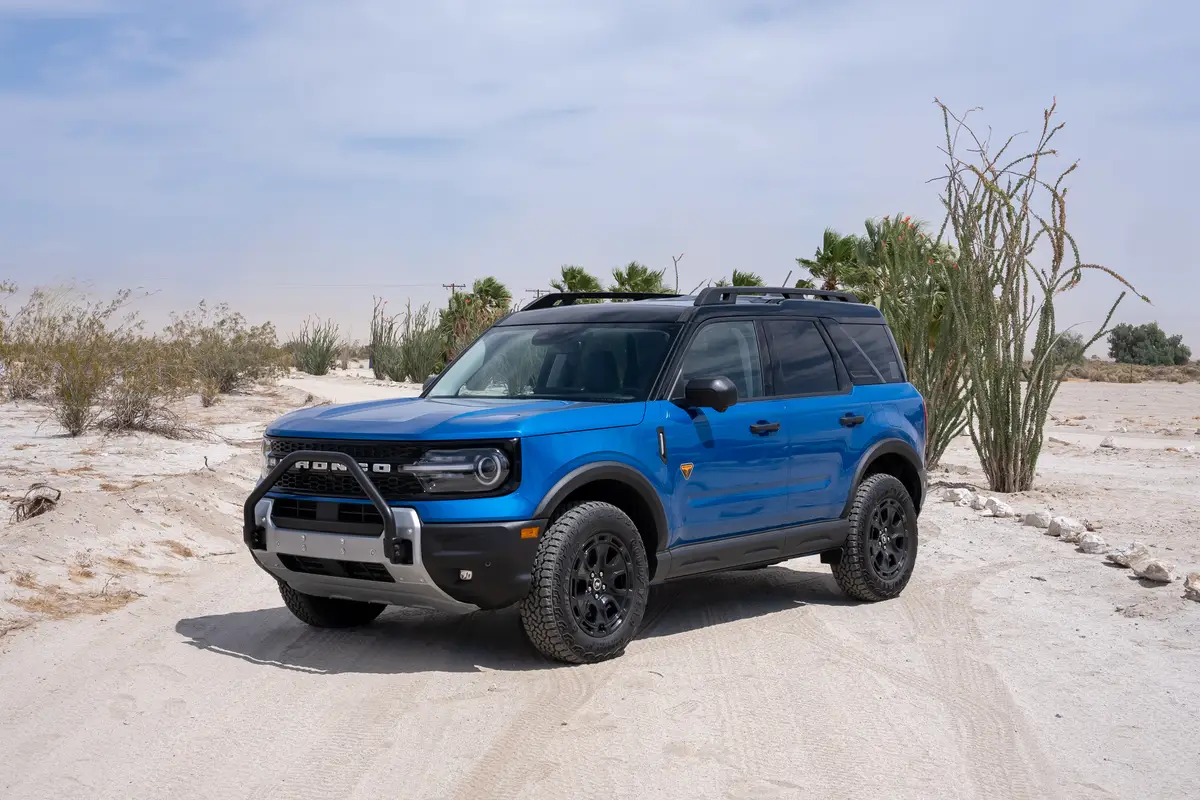Dude, Where's My Self-Driving Car? Experts Discuss Viability


The U.S. Department of Transportation classifies self-driving cars across five grades, from Level Zero to Level 4. Most new cars have Level 1 or 2 capabilities, meaning they have anything from electronic stability control (Level 1) to adaptive cruise control with active steering to keep you between your lane markings (Level 2). Various automakers’ self-driving test fleets represent Level 3, while cars that can drive without anyone inside represent Level 4.
Related: More 2014 Los Angeles Auto Show Coverage
How long will it take to reach that final stage in meaningful numbers? Google’s Snoopy-faced, self-puttering runabout is essentially there, and automakers insist the capabilities are closer than you think. But complications exist. At the Los Angeles Auto Show’s Connected Car Expo Tuesday, panelists and other experts held forth on the possibilities and obstacles to come.
Besides a few isolated fleets, mass-market cars aren’t autonomous yet. Not even close.
“There’s a big difference between automated driving and autonomous driving,” explained Jeremy Carlson, a senior analyst at IHS Automotive. Right now, it’s the former.
“It’s becoming partially automated in certain conditions on certain roads at certain speeds,” Carlson said. “You’re expecting them [drivers] to pay attention and to be ready to take control over from the vehicle in the span of a couple of seconds — compared with a driver out of the loop where they’re potentially reading a book, not focused on the act of driving at all.”
In such cases, it’s perhaps “25 to 40 seconds” before a driver can take control. And to reach that point, cars may need a combination of sensors and communicators — what the industry calls vehicle-to-vehicle (V2V) or vehicle-to-infrastructure (V2I) communication. Cadillac announced last September that it would debut a V2V-equipped car by 2017, but that’s hardly an indication that the technology is here. In fact, it may take decades for it to reach critical mass.
Just look at antilock brakes or frontal airbags, which the Insurance Institute for Highway Safety notes took just more than 30 years — projected, anyhow — between their introduction in passenger vehicles to a point at which 95 percent of cars on the road have them.
“Best-case scenario, let’s assume that the government steps in and mandates that all vehicles have V2V and V2I features,” said Kyle Vogt, CEO of autonomous-driving outfitter Cruise Automation. “Let’s say after the first year, 5 percent of all the cars in the U.S. have this technology. That’s kind of how it looked for airbags.”
Early adopters would find such V2V communication virtually useless, Vogt noted, as the initial probability of two V2V-equipped cars encountering each other “works out to 1 in [every] 400 times that you’re going to get the benefit of this technology. That pretty much rounds to zero.”
Saving Time, Potentially Lives
But that doesn’t mean autonomous driving technology — the sort that meets DOT Level 4 classification — is a long shot. In contrast, Vogt said drivers just need to see its potential.
“An extra hour a day, what would you do for that? How much would you pay for that?” he said. “Would you care if there were autonomous vehicle technology and it came from someone other an automaker? … Would you care if it’s a tech company or a startup? Would you even care what the car looks like, if it gave you an hour a day back in your life? I think the answer is no.”
Another potential draw is safety. Stanford Law School’s 2013 review of existing studies found that anywhere from 90 to 99 percent of car accidents came because of human error; self-driving cars could reduce that by a huge margin.
“Much of this autonomous driving and what we call automated driving, whether partly or fully automated, it will save lives,” said Jeff Klei, president at Continental North America. “The first accident [with an autonomous car], it will be a field day for the legal community and the media and everyone else. But how many lives will be saved?”
Put another way, “the big picture [is that] we suck as drivers,” added Bernard Soriano, deputy director at the California DMV. “The technology is bound to decrease that [fatality] number.”
Cars.com photo by Kelsey Mays

Former Assistant Managing Editor-News Kelsey Mays likes quality, reliability, safety and practicality. But he also likes a fair price.
Featured stories




